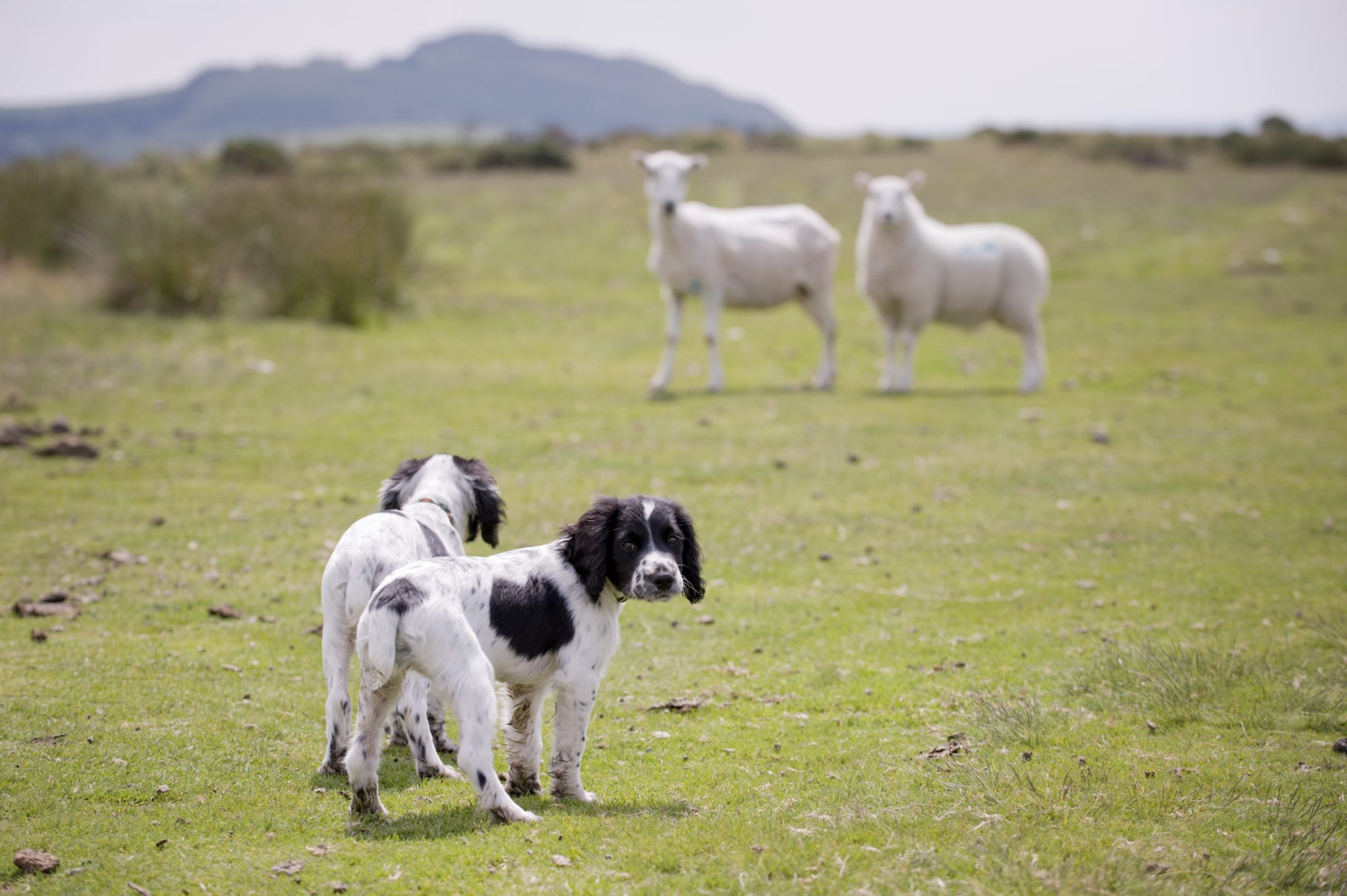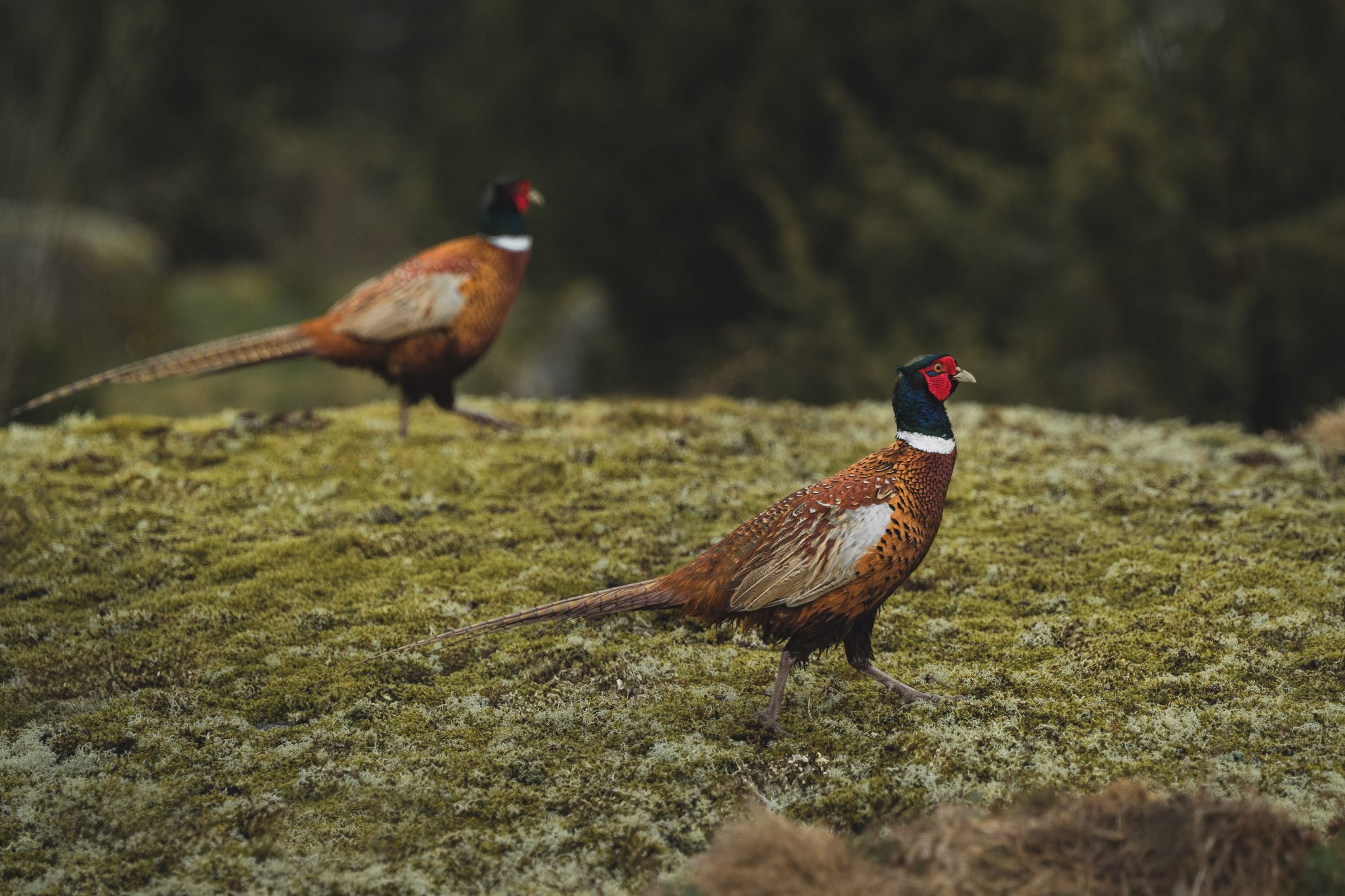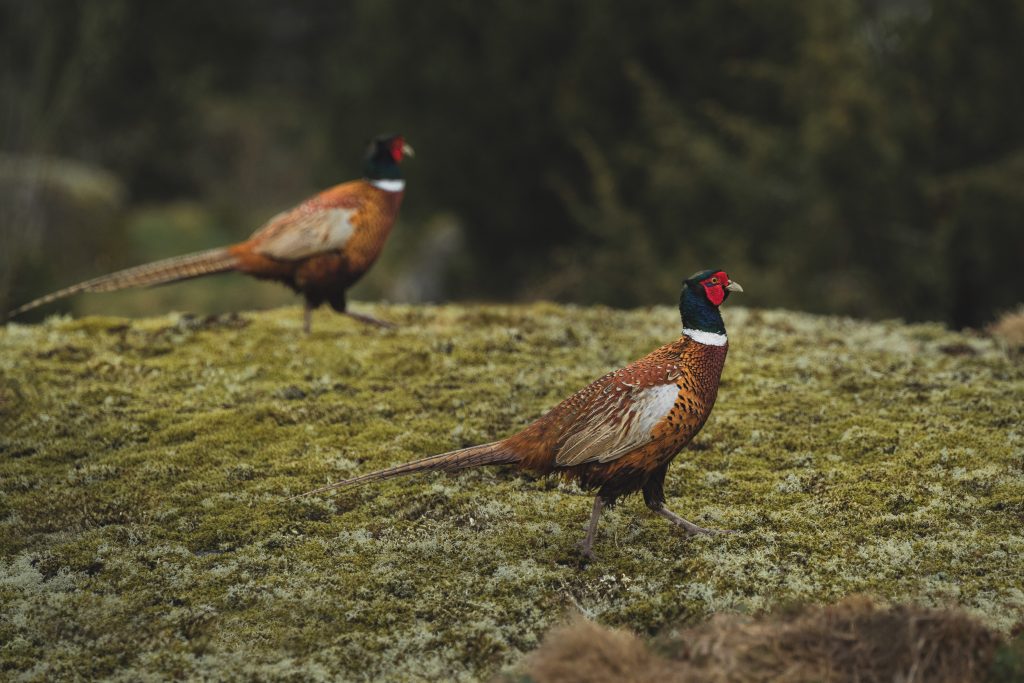Win CENS ProFlex DX5 earplugs worth £1,149 – enter here
Trapping grey squirrels – do I need a licence?
How to trap grey squirrels humanely and legally
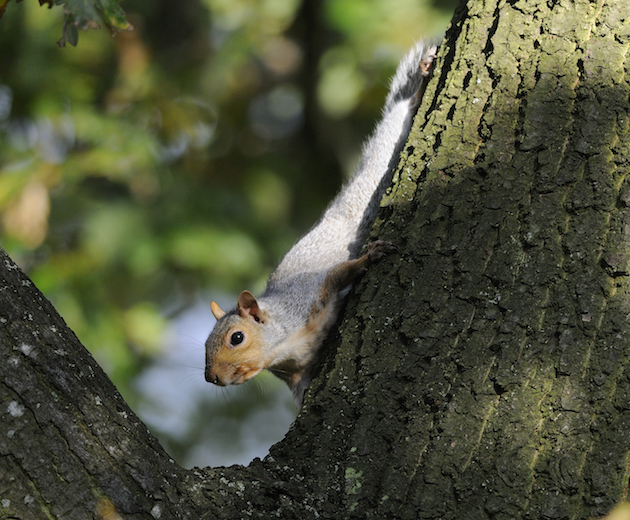 Grey SquirrelUsd 7 nov 12 matt maning
Grey SquirrelUsd 7 nov 12 matt maning
Now is the time to get trapping squirrels and make inroads into the local population before the ground-nesting birds start to lay. Early control also helps to reduce the number of grey squirrels present later in the year, so fewer animals need to be controlled.
Trapping grey squirrels
Using traps for greys is a very time-effective form of pest control over the long term. You have to make an initial investment in time and money to set up the trap but then you’re set, literally.
Austin Weldon of the GWCT advises: “Pre-baiting areas and then using kill or live catch traps in a targeted fashion where activity has been detected is time efficient. Covering large distances daily to check traps or large numbers of traps isn’t so bringing the squirrels to you saves time and energy! With all trapping there is also an ongoing investment in time spent checking them to ensure both legal and animal welfare requirements are met.”
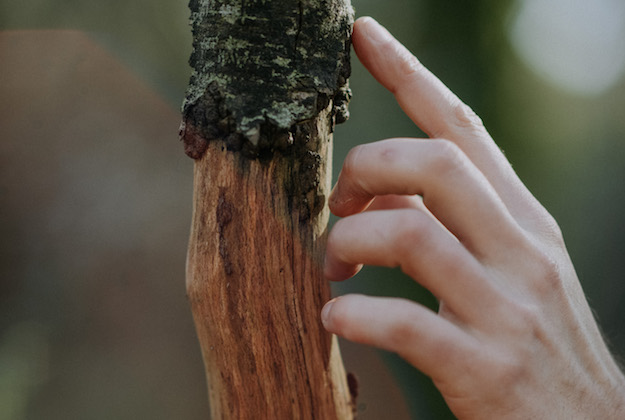
Squirrel damage
Tips on using traps
The main advantage of using traps is that they’re constantly active, working even while you aren’t there.
The downside is they need frequent checking in the case of kill traps, while live catch traps need to checked daily with efforts made to not leave grey squirrels in traps overnight. Users need to be aware that the Animal Welfare Act 2006 protects all trapped animals and any action or failure to act could constitute an offence.
Effective positioning is vital to success. Traps should be set in landscape bottlenecks where you know squirrels will pass. For example, you may consider setting your traps on logs that bridge streams, as these are ideal squirrels crossings and hopefully your trap will intercept them as they cross. As with all trapping, operators need to weigh up the risk to non-targets and take steps to minimise the chance of this happening.
Austin Weldon continues: “Rail trap set-ups may create greater risk of non-target capture so housings need to be well designed. GWCT recommends using 25mm square weld mesh for the roof and sides. This creates a robust tunnel so when animals walk over the top of the tunnel, such as hares or birds, they cannot put a leg down through on to the trap. If flood risk is not an issue (the wire mesh lets water through), then a solid box housing should be used because it doesn’t display the trap and its capture to passers-by who may not approve of squirrel control. As well as getting the housing right, the excluder system is crucial to minimise risk to non-targets when kill traps are being used.
“The beauty with live catch is that any non-target species can be released so this is the go-to technique where red squirrels are present. For kill traps, robust excluders need to be positioned far enough out from the trap to stop non-target animals reaching the danger zone. GWCT recommends 15cm between the external excluder and the trap. The old school approach of two hazel sticks is not sufficient with the level of scrutiny trapping faces, so we now suggest a more rigid set-up perhaps using weldmesh or similar rigid material, for example, ply board can be core drilled to make a round hole. When using DOC traps, there is a legal requirement to build the housing to the specifications listed on the manufacturer’s website – CMI Springs . While this is now more relaxed than it was before, readers will note that an internal baffle must be used and that the size and position of the baffle aperture is precisely described. It also states that it must be located within 10mm of the edge of the trap. Make sure you are up to date with the latest trapping legislation which you can read here.”
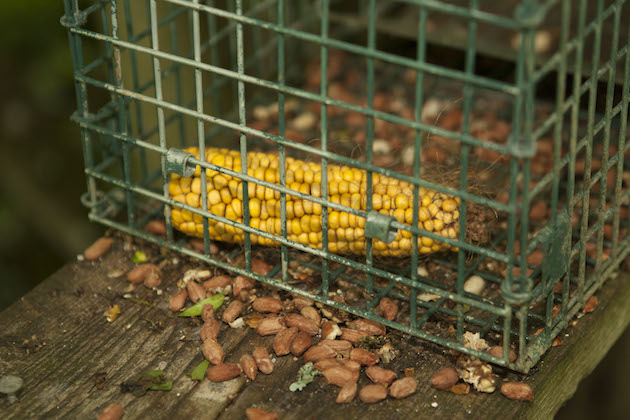
A live catcher cage trap baited with maize
Traps that can be used for squirrels
- Goodnature A18 Grey Squirrel Trap
- Fenn trap MK IV and VI
- Solway MKIV and VI
- Springer 4 & 6
- DOC 150, DOC 200, DOC 250 (but only closed-end trap configuration, not run-through)
- Fuller Trap
- Kania 2000 and 2500
- BMI Magnum 110 and 116
- Duke 116
- Koro Large Rodent Trap
- WCS Tube Trap
- VS Squirrel Trap
- Perdix PX3 expected to be legal for squirrel, stoat, rat and weasel control from autumn 2020
Fenn Trap
Fenn traps are one of the most commonly used means of trapping grey squirrels but Austin Weldon warns: “Fenns and a number of other trap designs are now no longer approved for use on stoats as of 1 April 2020, so setting these makes for grey squirrels where stoats are known to frequent, and which then result in a stoat capture, could put the trap operator at risk of prosecution. At the moment, the only approved trap for all of our key small ground predators is the DOC in a single entry trap – luckily, when baited with food that squirrels like, such as maize or hazel nuts, it is very effective and humane. We eagerly wait for the Perdix PX3 to be added to the Spring Trap Approval Order later this year and it will be approved for use on stoats, weasels, rats and grey squirrels in both single entry and run-through configurations.”
For those of you who are new to traps, please make sure you are extra careful when setting them. They are designed to kill with maximum efficiency. When activated the jaws come together with incredible force and can cause serious damage to your fingers.
Live trap
Live traps do exactly what it says on the tin. They are designed to trap the squirrel without causing harm, which is a common request in domestic call outs. The squirrel enters the trap, lured by bait. The trap is triggered by means of a pressure plate, which releases the door and traps the squirrel. When using bait in traps remember to make sure your bait is much more appealing than the squirrel’s available diet. A good bait is peanut butter. If you are using a single-entry trap, place the bait behind the release plate towards the back of the trap, but forward of the rear of the cage – you do not want the squirrel to take the bait from outside the cage. (The GWCT’s Austin Weldon suggests creating a food sandwich using fine wire mesh and hanging it at the back of the cage.) If you are using a double-entry trap then hang the bait directly above the plate. If you are using these traps in a public area make sure to camouflage the trap and make it as inconspicuous as possible.
Live-caught grey squirrels must be humanely and safely dispatched, trap combs and a powerful .177 air pistol are very effective for this.
Disposal of carcasses
Do you need a licence for trapping grey squirrels?
Q: I have been told that I am not allowed to catch grey squirrels in my garden because I am not licensed, and because my garden is in a residential area and not adjacent to farmland or woodland. Is this true? Can I still catch them?
A: It is not true, and it is amazing how many people are told such things by self-proclaimed experts. You do not need a licence to control grey squirrels or set traps for them and you can do it in your garden, regardless of where your house is. If you are new to trapping there are some excellent instructional videos on YouTube that include choice of trap, instructions on how to set them and legal obligations relating to trap siting, trap checking and the despatch of any live animals.
BASC says: “Grey squirrels have limited legal protection and can be controlled all year round by a variety of methods including shooting and trapping. It is an offence under section 14 of the Wildlife and Countryside Act (1981) to introduce and release grey squirrels into the wild. Under the provisions of the Animal Welfare Act 2006 any person responsible for a squirrel trap, would only be responsible for any animal caught by it but not its offspring still in the wild. Under the act, it is an offence to cause unnecessary suffering to a kept animal (this includes live caught animals).”
Warfarin is illegal
The licence for use of warfarin to control grey squirrels ended in September 2014.There are no mitigating circumstances other than indoor use.
Related Articles
Get the latest news delivered direct to your door
Subscribe to Shooting Times & Country
Discover the ultimate companion for field sports enthusiasts with Shooting Times & Country Magazine, the UK’s leading weekly publication that has been at the forefront of shooting culture since 1882. Subscribers gain access to expert tips, comprehensive gear reviews, seasonal advice and a vibrant community of like-minded shooters.
Save on shop price when you subscribe with weekly issues featuring in-depth articles on gundog training, exclusive member offers and access to the digital back issue library. A Shooting Times & Country subscription is more than a magazine, don’t just read about the countryside; immerse yourself in its most authoritative and engaging publication.



